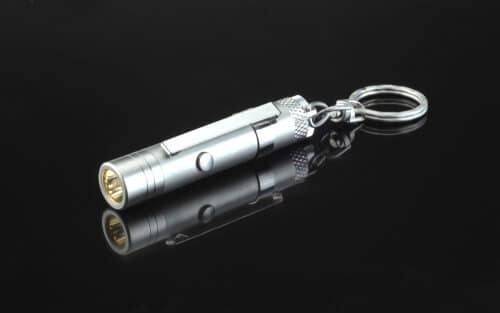Four innovative energy harvesting methods will help gadgets keep running

By the end of the decade, there will be around 50 billion online devices operating in the world. Besides smart thermostats and online appliances, the "Internet of Things" (IoT) network will include huge amounts of tiny sensors that will track everything: from the number of steps and calories to humidity and lighting levels. Connecting all the devices in a network of electrical cables will greatly harm their usability. Universities and commercial companies are developing energy harvesting methods that will free the Internet of Things from the power outlet once and for all.
Piezoelectric
In the summer of 2014, Rochester, New York-based MicroGen Systems introduced the Bolt, a coin-sized generator that converts environmental fluctuations into usable electricity. Even a slight noise, for example the hum of the air conditioner or the hum of the microwave oven, causes the bar inside the device to oscillate. This creates an electric current that goes to a capacitor or a small rechargeable battery.
The benefits: Such units can be attached to produce electricity on a larger scale. There is noise everywhere.
Disadvantages: The energy produced is suitable for low power devices only, such as sensors.
solar
The French company SunPartner Technologies has developed transparent solar panels that can be attached to screens and other surfaces. An array of micro-lenses placed on top of the photovoltaic material deflects the light around the solar cell strips to make them invisible. The company already produces displays for smartphones and wristwatches, and is currently completing development of a prototype for an embedded sensor.
The benefits: It is possible to integrate almost invisible surfaces in many devices.
Disadvantages: The devices do not work well in changing lighting conditions or in dark areas, for example in basements or under sinks.
Wi-Fi redistribution
A prototype created by researchers at the University of Washington harvests electricity from existing wireless transmissions, such as TV and radio broadcasts, to send messages over a local Wi-Fi network. The device returns selected Wi-Fi signals and encodes data that other devices on the same network can decode. The team's startup company intends to bring the first products to market within a year.
The benefits: Allows both device charging and data transmission.
Disadvantages: Wi-Fi transmissions usually come in bursts, so connectivity becomes less reliable and power is relatively low.
Thermoelectric
A thermoelectric generator utilizes the natural flow of electrons from the hot side of a conductive material to its cold side, thus converting the object's heat into electricity. A team at the Korea Advanced Institute of Science and Technology recently demonstrated a compact version embedded in flexible glass that was capable of delivering 40 milliwatts at room temperature.
The benefits: potential for continuous battery charging, as long as the device touches a warm body.
Disadvantages: Requires a significant temperature difference (about 31 degrees Celsius) to operate. low output. Suitable for wearable devices but not for distributed sensors.
The article was published with the permission of Scientific American Israel

One response
https://www.youtube.com/watch?v=pOFU0KCly80
Lowest Power WiFi in the World: Atmel | SMART SAM W25 Wi-Fi for IoT with ARM Cortex-M0+